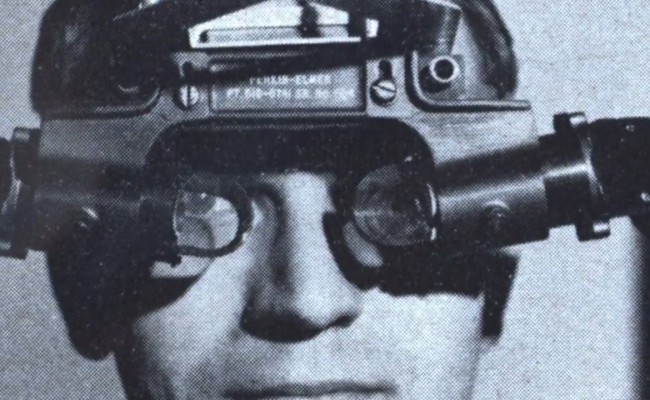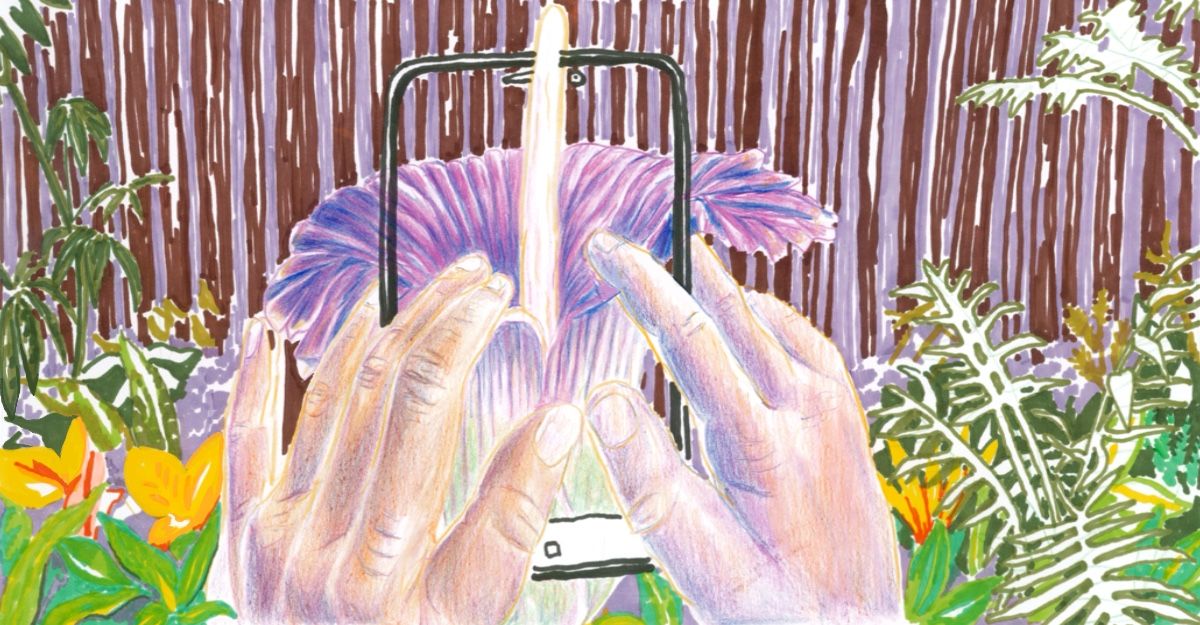There’s a chilling scene near the beginning of Ray Bradbury’s 1953 classic, Farenheit 451, where Guy Montag discovers that his wife has overdosed on sleeping pills. When the nonplussed emergency technicians arrive they pump Mildred’s stomach using enormous machines, give her a blood transfusion and then leave matter-of-factly: all in a day’s work in the twenty-fourth century.
Where Montag is Bradbury’s ‘everyman’, struggling to come to terms with a growing awareness of his totalitarian world, Mildred reflects the horror of those descended completely into society’s shallow consumerist nightmare. She wants little more than a fourth wall for her TV, so she can achieve complete immersion in her favourite television programs, particularly the highly popular ‘The Family’, in which she plays a scripted part.
This wasn’t fiction’s first reference to virtual reality (VR) – Stanley G Weinbaum’s 1935 short story Pygmalion’s Spectacles preceded it – but Bradbury wasn’t far ahead of the first real-world attempt at VR. Morton Heilig’s mechanical Sensorama, released in 1962, played 3D films accompanied by stereo sound, smells and wind. Yes. Smell-o-vision.
Fifty-plus years later, 2016 will likely become known as the year that VR hit the big time, with the release to market of three major head-mounted display (HMD) units – the HTC Vive, Oculus Rift and PlayStation VR – priced ‘affordably’ between $550 and $1000. (Amusingly the first HMD, created in 1968, was so cumbersome it had to be suspended from the ceiling and earned the nickname ‘Sword of Damocles’.)
Innovative advertisers, artists and adventure-seekers are already bringing new audiences to VR via 360 (or immersive) video, but it’s gaming that will drive the rapid commercialisation and growth of VR. Those three major HMDs are linked to PC/Steam, Microsoft xBox and Sony PlayStation respectively – each a key pillar in the industry, which last year overtook Hollywood to become the fourth largest entertainment industry in the world.
Outside the consumer marketplace, VR has been in constant use since the 80s, when the US Military began using flight simulators to train pilots. These days modern militaries use VR for all kinds of combat training, with HMD, gloves, earphones and weapons. Closer to home, the NSW Royal Flying Doctor Service has entered into a $12 million agreement with the Australian subsidiary of Israeli arms manufacturer Elbit Systems to build a VR training facility in Dubbo.
Whether we’re ready for it or not, VR is here. Thankfully, science-fiction storytellers have primed us for some of the likely social implications. Like Neal Stephenson’s Snow Crash, published in 1992, which introduces the concept of the metaverse – the virtual reality successor to the internet. Those who can afford the connection and the HMD of the time – a pair of goggles – appear in the metaverse as high-quality customised avatars, while those who access via low-quality public terminals are forced to appear in grainy black and white.
It’s not difficult to envisage how the VR juggernaut will contribute to the widening digital divide. While truckloads of virtual cash will flow into the gaming, tourism and real estate industries, billions of people will remain without internet access, predominantly in the developing world. We should be equally concerned about the potential for VR torture, and the new ways corporate marketers think up to part people with their money.
On the upside, VR has been used to treat PTSD and phobias since the 1990s, especially the type of phobia triggered by visual or auditory stimuli, indicating the positive potential of full immersion and embodiment (taking on the ‘form’ of another person) via VR. Amnesty International has embraced the technology as an advocacy tool, in India partnering with the Bengaluru City Police to help women feel more confident about walking into a police station and reporting sexual violence. And Anmesty’s VR experience showing the devastation in Syria has been successfully used for fundraising.
Another positive indicator in this regard is the 2013 study that found that people who were enabled to fly through a city like they were Superman displayed altruistic tendencies afterwards. A different study the same year showed that subjects who were put into dark-skinned avatars displayed a temporary decrease in implicit racial bias.
This general principle was explored/exploited in James Cameron’s 2009 film Avatar, where a soldier’s embodiment and experience as a blue-skinned alien leads to his total rejection of his colonialist society. Yes, this is the same story arc as Pocahontas and Dances with Wolves. It’s also the same empathy-by-association principle underpinning SBS’s Go Back to Where You Came From. In all these cases we’re additionally dealing with the privileged looking in on the Other, yet there appears potential for VR to challenge and change perceptions and prejudices via education.
[Insert cries of leftist cultural brainwashing here.]
Conversely, the potential negative ramifications of this deep behavioural manipulation are what led philosopher Thomas Metzinger to this year call for the development of a code of conduct for virtual reality use, based on the principle of non-maleficence: do no harm. And while it’s highly probable that academic and broader public use of VR will end up with standards such as informed consent and limits on allowable experimental environments, restrictions on corporate and government use of VR are unlikely to come into place until the digital cat is well out of the bag.
Overall, the best fictional rendition of VR is arguably The Wachowskis’ 1999 film, The Matrix. The ‘everyman’ in this tale, Thomas A Anderson (better known as Neo), discovers that he is one of billions imprisoned inside a simulated world, where the majority of people are nothing more than a power source for the real rulers of the planet.
While the virtual world in The Matrix is humanity’s prison, it’s really the jailers that need to be dealt with. Similarly, at the end of the day the impact of VR on society will be shaped by those who wield it, engage with it, and turn it to their advantage, not by those who accept their scripts and trip out on the blissful ignorance of illusion.
Here, have a sleeping pill. It’s blue.






